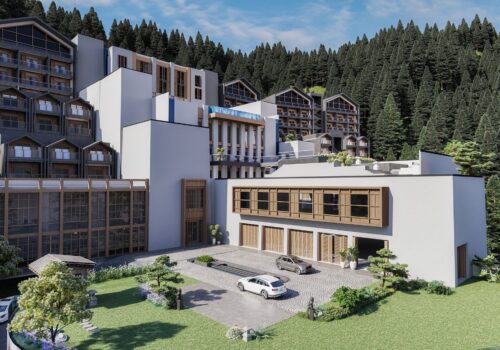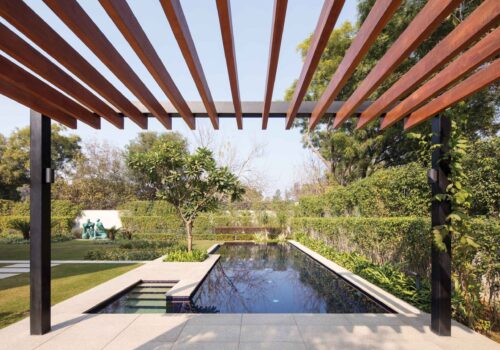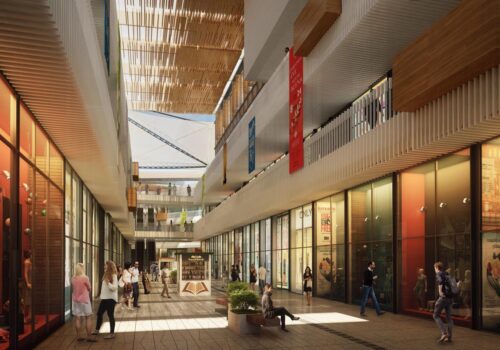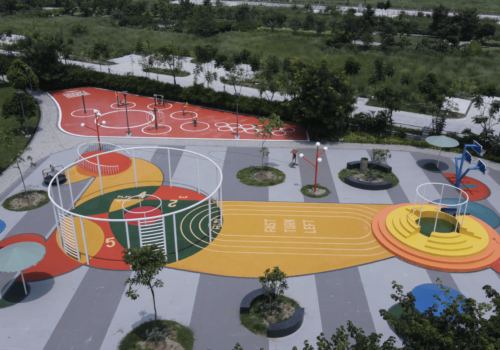Homes should be designed to bring you closer to nature. Here’s how
Terraces and Balconies:
Terraces and balconies serve as pivotal spaces that harmonise with the house layout. Thoughtfully designed with planters and landscaping elements, these spaces accommodate social gatherings and encourage the residents to spend time outdoors. Furthermore, when the projected balconies cast a shadow on lower floors, it reduces incident light on the facade and keeps the house cooler.
Facade Design:
The design of a home’s facade plays a crucial role in embracing natural elements. Studies highlight the profound impact of natural light on well-being and productivity. Strategically placed windows harness sunlight and make the interiors warm and relaxing. This connection with the outdoors reduces reliance on artificial lighting while reinforcing their bond with the natural world.

Biophilia inside Homes:
For spaces where structural modifications aren’t feasible, biophilia emerges as a solution. Indoor plants effortlessly invite nature inside, adding an earthy charm to the home. Potted plants or creepers on the balcony add an aesthetic to the house and have been popular within interior designers as a must-have home decor. Moreover, the choice of materials and finishes contributes significantly to this holistic design approach. Earthy colours like soft browns, warm beiges, muted greens and gentle terracottas create a calming atmosphere that promotes comfort and relaxation.
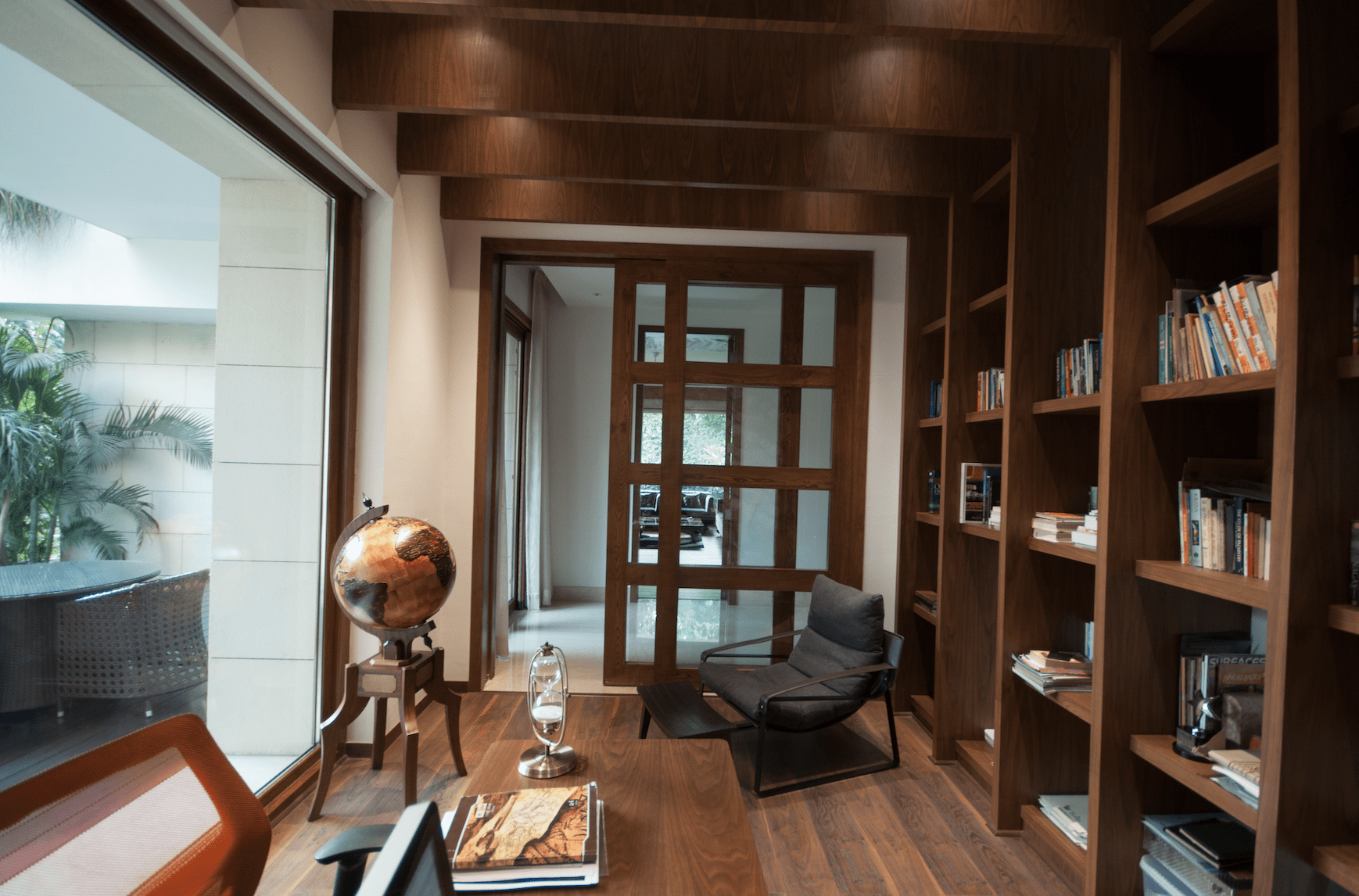
Redefining healthy home design isn’t merely a cosmetic alteration; it’s a holistic transformation of a residence that reimagines the relationship between inhabitants and their environment. It’s an evolution toward a lifestyle where urban spaces coexist harmoniously with nature, enriching daily lives with serenity and vitality.

